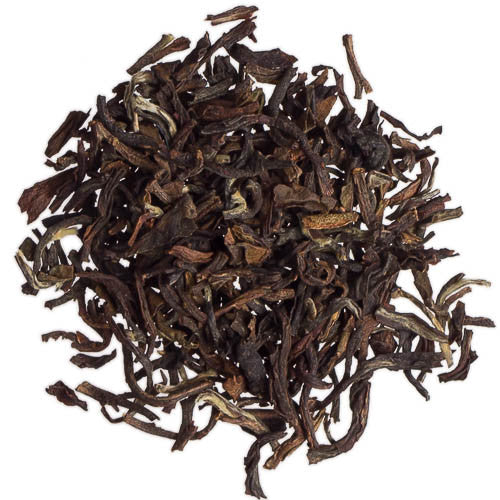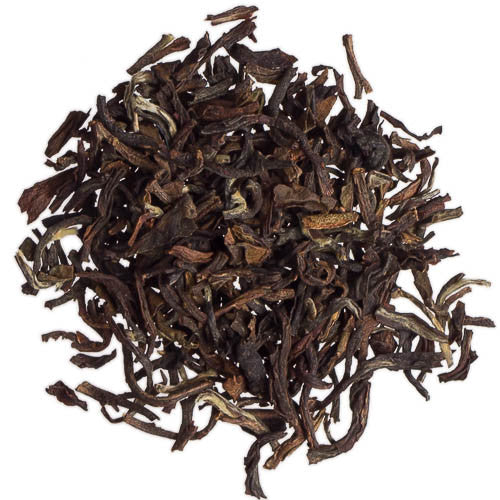1
/
of
1
Darjeeling Castleton 2nd Flush - FTGFOP
A top Darjeeling Estate, Castleton 2nd flush is only available during June production. Tends light liquoring with subtle astringency and classic muscatel character.
Luxury Ingredients: Black tea
This tea supports the Ethical Tea Partnership
All Camellia sinensis in our blends contributes to a fairer, more sustainable tea industry.
CAFFEINE CONTENT | HIGH
Cup per oz
10-12 cups per 1 oz
- Regular price
-
$8.55 - Regular price
-
- Sale price
-
$8.55
Couldn't load pickup availability
 1-2
1-2
Tea
Spoons


205-212°F
In 475 ml (8oz)

 4-6 mins
4-6 mins
 1-2
1-2
Teaspoons

 205-212°F
In 475 ml (8oz)
205-212°F
In 475 ml (8oz)

 4-6 mins
4-6 mins


Darjeeling Castleton 2nd Flush - FTGFOP
- Regular price
-
$8.55 - Regular price
-
- Sale price
-
$8.55


